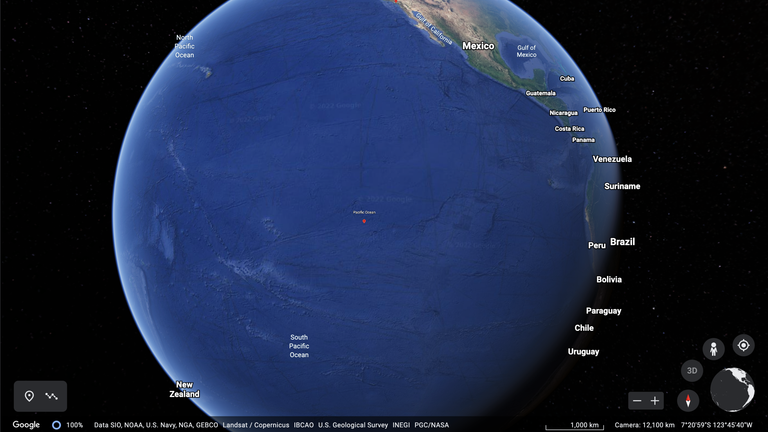
NASA has published plans for the future of the International Space Station which could see the 444,615kg structure taken out of orbit in January 2031 and crashed into a “spacecraft cemetery”.
The laboratory will continue operating until 2030 following a commitment made by President Biden and Vice President Harris last month, but its long-term future is unsustainable.
For more than 20 years, the ISS has been “a beacon of peaceful international scientific collaboration,” said NASA administrator Bill Nelson, but all of its mission goals will have been completed by the end of this decade.
NASA expects the future of space science collaboration to lie with commercially operated space platforms and has published a report about how it will be making this transition, including pulling the ISS out of the sky.
“While the ISS will not last forever, NASA expects to be able to operate it safely through 2030,” the report states.
The agency has testified to Congress that it plans to purchase crew time for “at least two – and possible more” NASA astronauts aboard commercial space stations by the early 2030s. Several companies, including Jeff Bezos’ Blue Origin, have plans to launch their own commercial orbiters.
Extending the life of the ISS to 2030 is intended to give private industry in the US the time to develop the capabilities needed to operate the microgravity platforms.
How will it de-orbit?
In the perfect scenario, the space station’s orbiting altitude will be slowly lowered from its current altitude of 408km (253 miles).
As the altitude of the ISS drops it will encounter an ever-denser atmosphere, adding more drag and pulling it lower still.
The space station will still be travelling so fast that it will begin to heat and cast off debris in a path behind it.
Read more:
Astronomers uncover ‘spooky’ spinning object in Milky Way
James Webb Telescope reaches final stop a million miles from Earth
The plan to avoid this debris damaging people or property is to have the ISS crash into an uninhabited area of the south Pacific Ocean, near to Point Nemo.
Point Nemo has been called a spacecraft cemetery because – as the point on the Earth most distant from any land – it is where decommissioned spacecraft are typically aimed when returning to the Earth.
But, of course, there are challenges. NASA warns that if there was higher solar activity this would expand the Earth’s atmosphere and thus increase the resistance to the space station’s velocity, making it slow and fall quicker – potentially meaning it misses its mark.
As the ISS approaches Point Nemo, its operators will fire its thrusters and those of several vehicles still attached to it for one last time to give it the final push into the sea.






More Stories
5 Reasons Why Everyone Should Look Forward to Save Earth Mission’s Takeoff Event
Save Earth Mission’s Takeoff Event Countdown Starts: Get Ready to Witness History
The Save Earth Mission: A Global Movement Towards a Sustainable Future